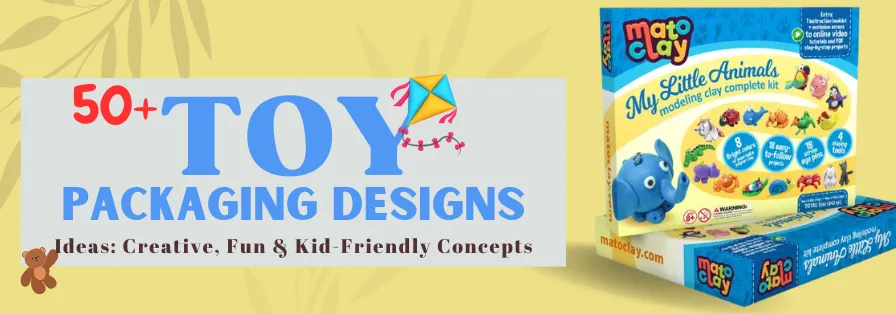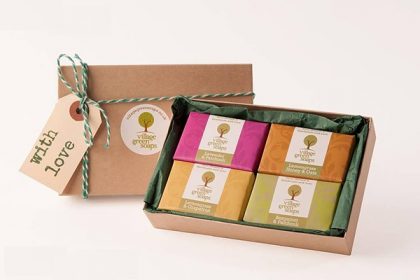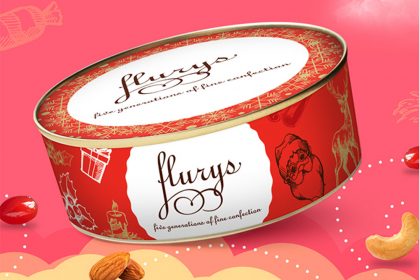Toy packaging design is more than just a protective cover for a product — it is a gateway to imagination, joy, and customer connection. Kids make emotional decisions, while parents look for safety and trust.
This makes toy packaging a delicate balance of creativity, practicality, and brand communication. In this blog, we explore everything you need to know about toy packaging design, from trends and strategies to essential elements that help your product stand out.
Why Toy Packaging Design Matters
In the competitive toy industry, the packaging often decides whether a customer picks your product over another. A strong design communicates fun, excitement, and quality at first glance. When your packaging design reflects both creativity and clarity, parents feel confident about the purchase, while children get instantly attracted.
Well‑designed packaging also enhances brand recall. With the right box label design, colours, shapes, and illustrations, your toy becomes memorable both on store shelves and online marketplaces.
– Key Elements of Effective Toy Packaging Design
To make your packaging stand out while still being functional, you must include the following elements:
1. Attractive Visual Appeal
Bright colours, engaging illustrations, and playful patterns are the heart of kids toy packaging design. Children are naturally drawn to visuals that feel magical, energetic, and fun. Make sure the design reflects the theme of the toy — whether it’s educational, adventurous, or creative.

Source: in.pinterest.com

Source: in.pinterest.com

Source: in.pinterest.com
2. Clear Product Display
Transparency builds trust. Window boxes or cut‑out shapes let parents see the toy inside, helping them feel confident about the quality. Even in closed boxes, realistic graphics and high‑quality images can help set the right expectations.

Source: in.pinterest.com
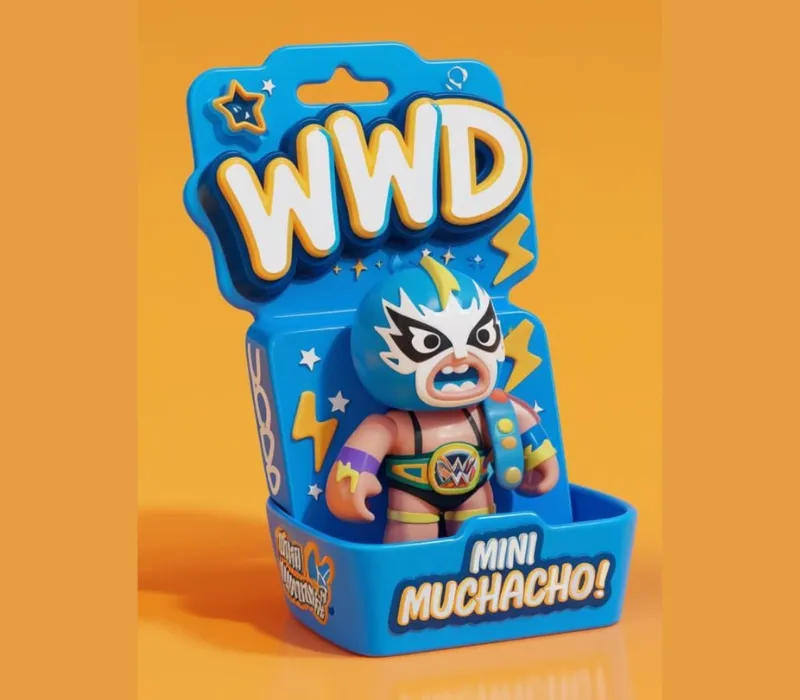
Source: in.pinterest.com

Source: in.pinterest.com
3. Safety and Compliance
Toy packaging must follow strict safety guidelines. Ensure that the box structure is safe, the materials are non‑toxic, and the labels clearly mention age groups, warnings, and certifications.
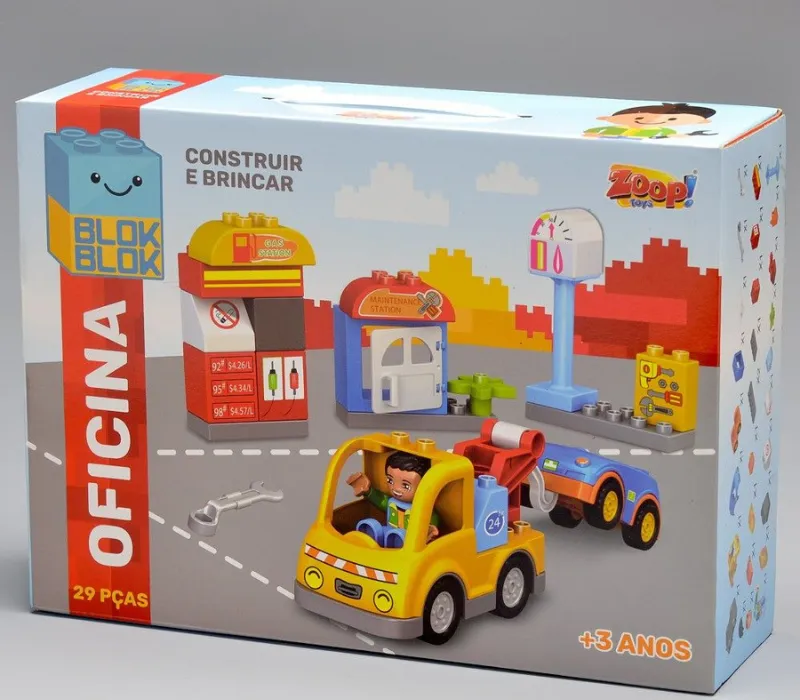
Source: in.pinterest.com
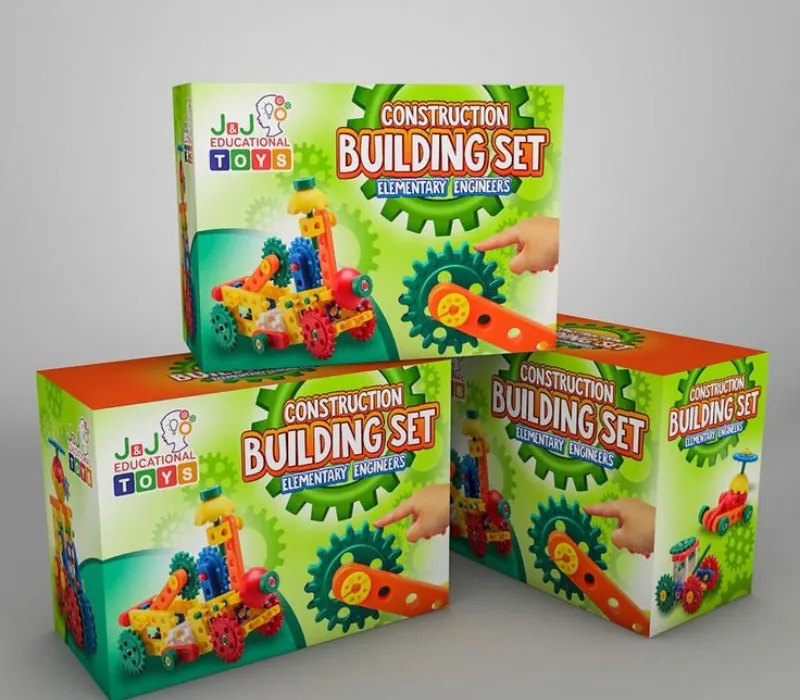
Source: in.pinterest.com
4. Branding and Logo Design
A recognizable logo design strengthens brand identity. The toy packaging must showcase your logo in a way that builds trust and helps customers remember your brand for future purchases. A strong visual identity ensures long‑term success.
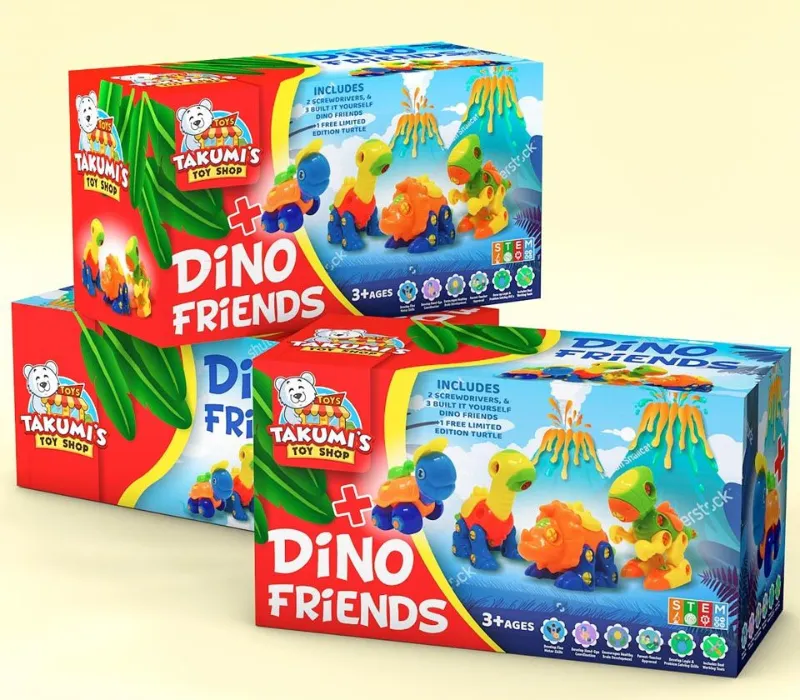
Source: in.pinterest.com
5. Durable and Sustainable Material
Parents today prefer eco‑friendly products. Use recyclable, biodegradable, or reusable materials. Strong materials protect the toy during shipping and handling and add a premium feel.

Source: in.pinterest.com
– Types of Toy Packaging
Depending on the product and target age group, different packaging formats work better. Here are the most popular options:
1. Box Packaging
This is the most common form of toy packaging design. Boxes offer great space for artwork, text, and engaging visuals. You can experiment with shapes like square, hexagon, or custom die‑cut structures.
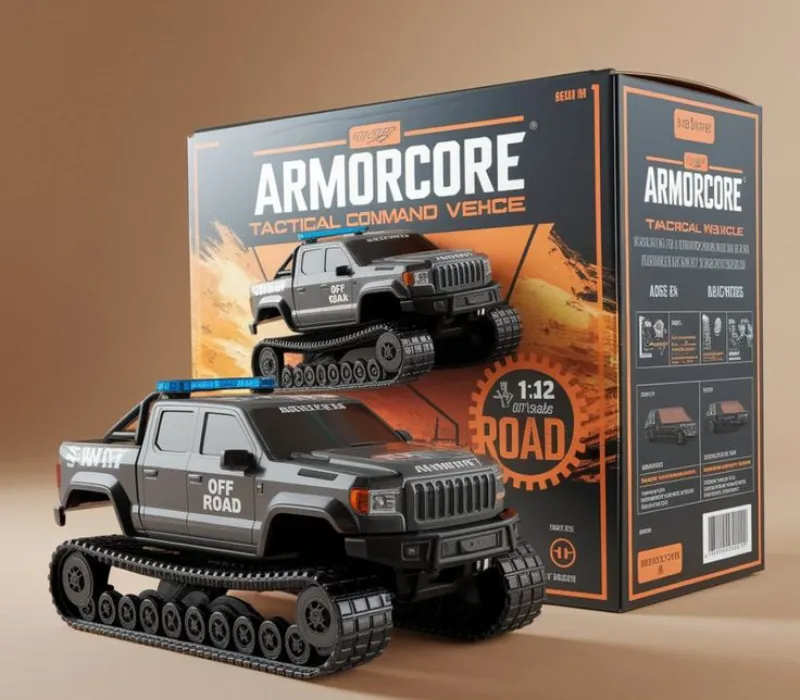
Source: in.pinterest.com
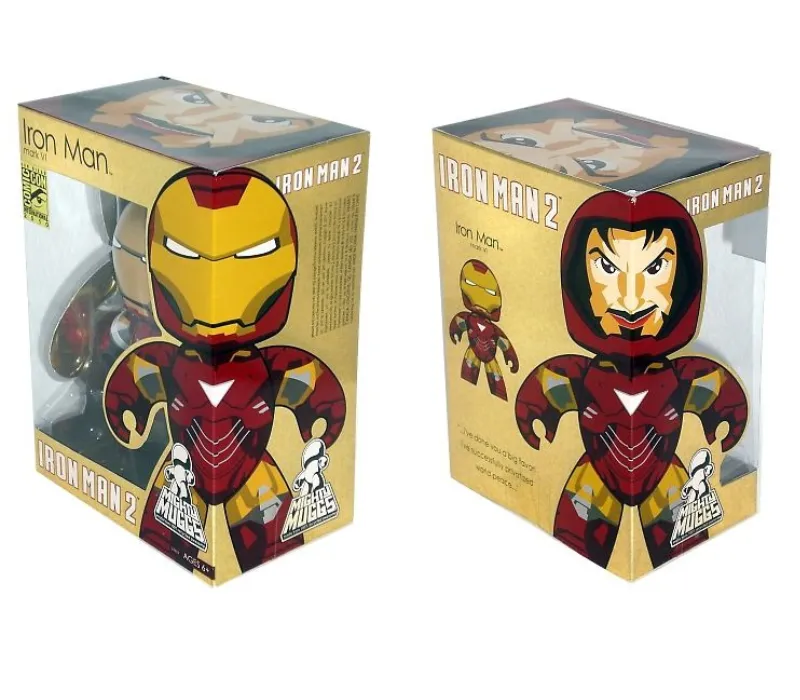
Source: in.pinterest.com
2. Blister Packaging
Blister packs protect small toys while providing clear visibility. They are ideal for action figures, accessories, and collectibles.
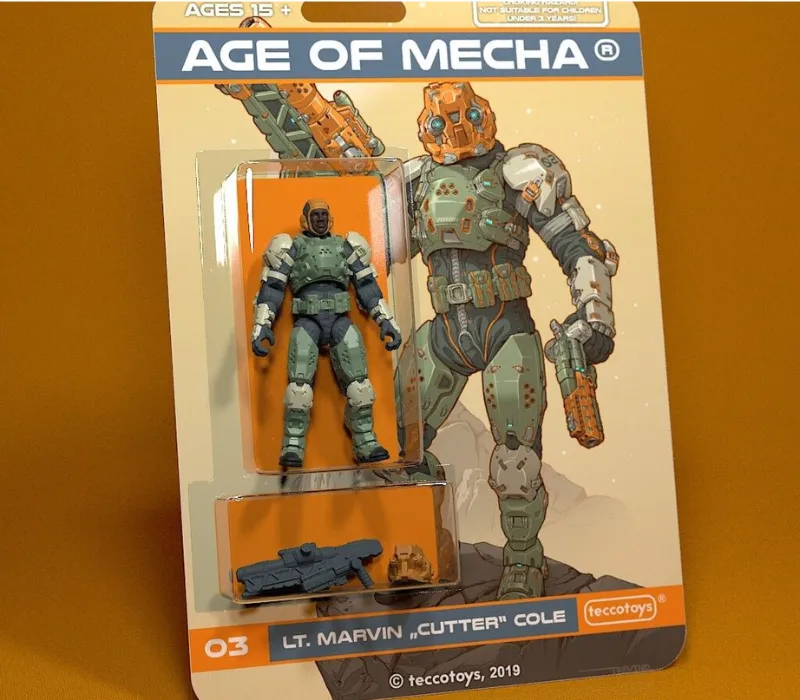
Source: in.pinterest.com

Source: in.pinterest.com
3. Window Boxes
These combine the strengths of both — they offer protection and allow customers to see the toy. They are especially popular for premium toys.

Source: in.pinterest.com

Source: in.pinterest.com
4. Eco‑Friendly Packaging
Eco‑Friendly packaging is gaining popularity. Recycled paper, cardboard sleeves, cotton bags, and seed‑paper labels are modern alternatives.
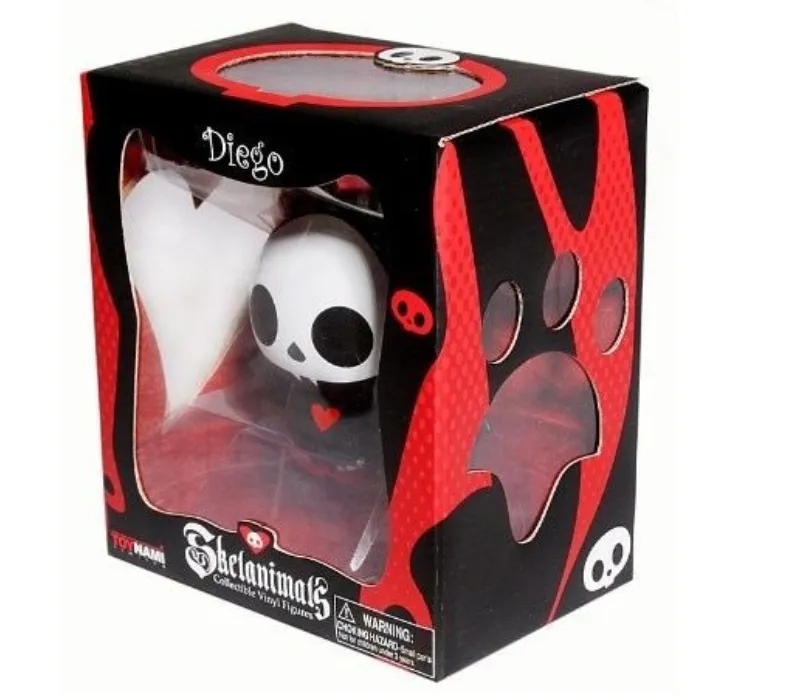
Source: in.pinterest.com

Source: in.pinterest.com
– How to Make Toy Packaging Stand Out
1. Focus on Storytelling
Every toy has a story. Use your packaging to narrate it. Whether it’s a superhero, a puzzle adventure, or an educational run, storytelling makes the toy relatable and memorable.

Source: in.pinterest.com

Source: in.pinterest.com
2. Include Interactive Features
Kids love packaging that adds play value — stickers, cut‑outs, QR‑based games, or colouring sections. This increases customer engagement and sets your brand apart.

Source: in.pinterest.com

Source: in.pinterest.com
3. Use Smart Colour Psychology
Bright reds, blues, and yellows appeal to kids. Soft pastel tones work for younger age groups. Always choose colours that represent your toy’s theme.

Source: in.pinterest.com

Source: in.pinterest.com
4. High‑Quality Box Label Design
Your box label design plays a key role in branding and clarity. Use clean typography, readable fonts, and well‑organized information. Make sure your key selling points are visible at a glance.

Source: in.pinterest.com

Source: in.pinterest.com
5. Make It Shelf‑Ready
Retail stores love packaging that stacks easily and looks neat on shelves. Your design should balance creativity with practicality.

Source: in.pinterest.com

Source: in.pinterest.com
– Future Trends in Toy Packaging Design
1. Augmented Reality (AR) Packaging
AR experiences are becoming popular. Customers can scan the box and see animations, instructions, or toy demos.

Source: in.pinterest.com

Source: in.pinterest.com
2. Minimalistic Premium Designs
Parents today prefer clean, premium packaging with soft colours and neat layouts.

Source: in.pinterest.com

Source: in.pinterest.com
3. Environment‑First Packaging
Expect more brands to move toward 100% recyclable materials, soy ink print, and zero‑plastic packaging.

Source: in.pinterest.com

Source: in.pinterest.com
Conclusion
Toy packaging design is an art that blends creativity, branding, safety, and storytelling. Whether you are designing for toddlers, teens, or collectors, your packaging must communicate excitement, trust, and value. From choosing colours and materials to planning your box label design and logo design placements, every detail matters.
With the right approach, your kids toy packaging design can stand out in the market, connect emotionally with children, and build lasting brand loyalty. If you’re planning to create packaging that performs well both visually and on search engines, focus on strong branding, human‑centric content, and strategic keyword placement.
Toy packaging isn’t just a box — it’s an experience waiting to unfold.

